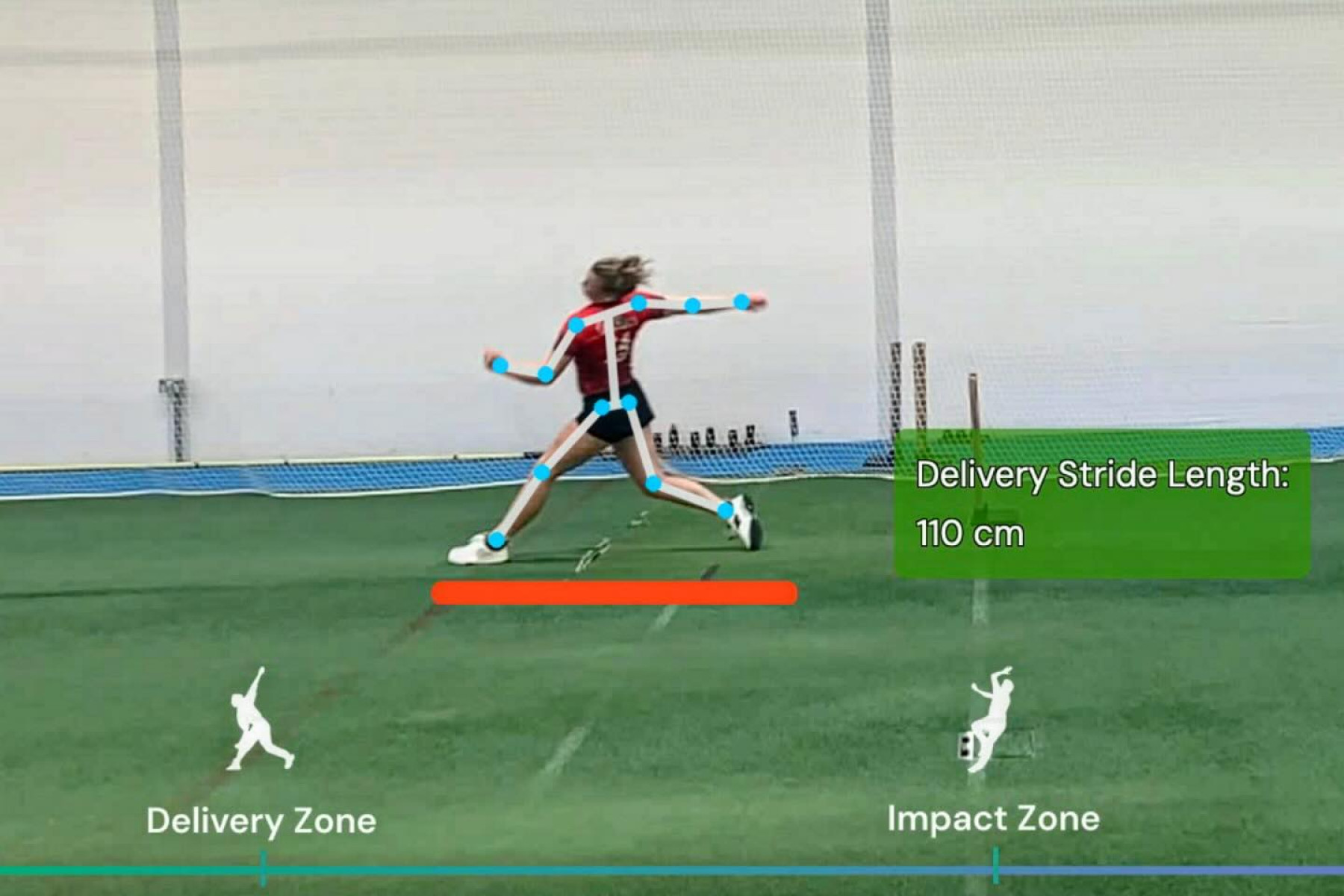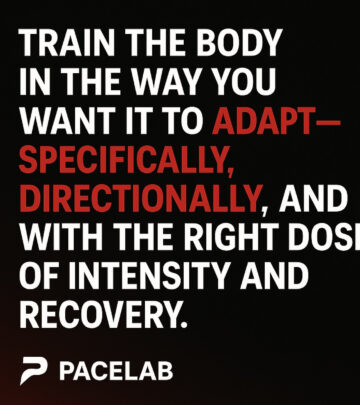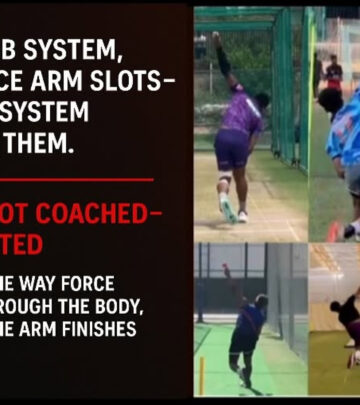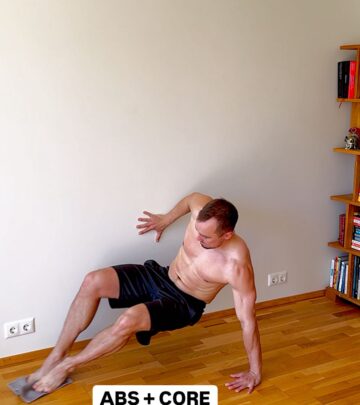Speed Elevates Fast Bowling Performance
Advanced run-up mechanics propel cricket ball speed, delivering enhanced fast bowling performance.

Image: Instagram
Steffan Jones, renowned for his work with PaceLab, is shedding light on the biomechanics that make fast bowling even faster. Jones explains that a faster run-up creates a longer delivery stride, helping transfer more momentum into the ball – in other words, speed truly starts from the ground up. This breakthrough insight is pivotal for both aspiring and established fast bowlers, as the nuances of run-up mechanics directly influence ball speed and overall performance on the field.
Fast Bowling Biomechanics
At the heart of Jones’ recent message is a simple yet powerful concept: enhancing the run-up can dramatically influence a bowler’s delivery. By optimizing the run-up speed, bowlers not only generate extra force but also convert that momentum into a higher ball velocity. “A faster run-up creates a longer delivery stride, helping transfer more momentum into the ball—resulting in higher ball speed,” Jones highlights in his recent post under the hashtag #pitchwolf. This understanding is critical for fast bowlers who aim to maximize their performance without necessarily altering their bowling action or risking injury.
The biomechanics behind this technique have been studied extensively, and Jones’ approach with PaceLab leverages state-of-the-art data and training methodologies. By analyzing the way energy is transferred during a bowler’s run-up, coaches can tailor training regimens that boost both speed and efficiency. In several related posts, Jones has shared detailed explanations and visuals on how athletes can fine-tune their movements from the ground up.
The Science Behind The Speed
The science of fast bowling is deeply rooted in the body’s kinetic chain—the series of muscle contractions and joint movements that enable force production. If a bowler achieves a quick, calculated run-up, the resulting extended stride not only enhances the force generated but also improves the timing of the delivery. This synchronization is crucial as any loss in timing can lead to inefficient energy transfer, reducing ball speed and possibly increasing the risk of injury.
Jones’ method, which is aligned with the PaceLab philosophy, integrates biomechanical data with practical training drills. One of his earlier Instagram posts emphasized planning and pushing athletic boundaries, where he stated, “Planning is everything – take yourself to the edge and then recover harder.” This approach underlines the significance of precise training and recovery, as even slight improvements in movement mechanics can yield significant benefits on game day.
Modern cricket coaching increasingly relies on such data-driven insights. The PaceLab system, as demonstrated by Jones, uses load-velocity profiling and biomechanical feedback to help bowlers hit their peak performance. This technology measures key aspects such as peak power, ground contact forces, and even the subtle shifts in a bowler’s run-up, ensuring that training is individualized and optimized. In a related post, PaceLab detailed how each bowler has a unique neuromuscular fingerprint, and tailored interventions can maximize their power output while reducing injury risk.
Jones’ work in this area is complemented by a wealth of related content on social media. Behind his detailed analysis is a series of illustrative posts that break down components of fast bowling mechanics. For instance, one post explained how swing leg retraction helps set up the front leg block, and another discussed the importance of deep and wide attractors in maintaining technical stability under stress. These posts reinforce that every element of a bowler’s delivery—from the run-up to the final release—is critical for achieving optimal ball speed.
The integration of biomechanical principles in fast bowling training is not just about raw power—it’s also about precision. Jones points out that improving run-up mechanics enhances timing and coordination, which are essential for maintaining performance consistency throughout a long cricket match. This data-backed approach is revolutionizing how coaches design training sessions, ensuring that bowlers remain competitive even as they face physical fatigue during the season.
In addition to the technical breakdown, Jones’ insights come at a time when cricket coaching is embracing modern technology. Coaches use video analysis and real-time data feedback to refine techniques and diagnose inefficiencies. With innovations like the 1080 Sprint profiling system, every run, stride, and delivery is scrutinized. The result is personalized training programs that target specific deficiencies—be it speed, force, or coordination.
For young fast bowlers, these advancements provide both a roadmap and motivation to push the boundaries of what is possible. Steffan Jones’ work underscores that with the right combination of biomechanics and training acumen, the leap from good to great in fast bowling is largely a matter of technique. It’s a reminder that sometimes, the smallest adjustments in run-up and stride can lead to significant improvements in performance.
In conclusion, the evolving understanding of run-up biomechanics is transforming the way fast bowlers prepare for competition. With experts like Steffan Jones leading the charge, players are better equipped to harness the full potential of their natural athleticism. By focusing on optimized run-up techniques, bowlers can expect not only to increase their ball speed but also to enjoy longer careers with reduced injury risk.
This blend of science and sport embraces modern training techniques that ensure athletes are at their best when it counts, making fast bowling both an art and a precise science.
Read full bio of Joyce



















